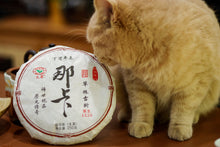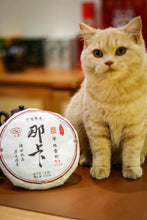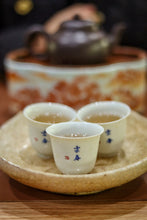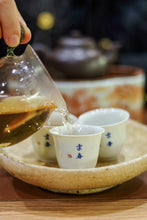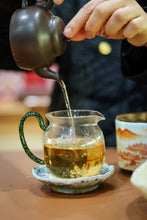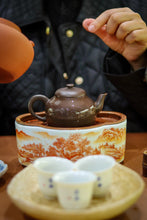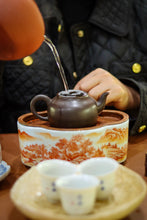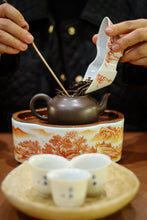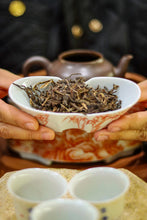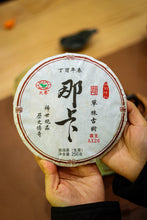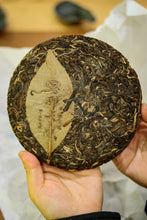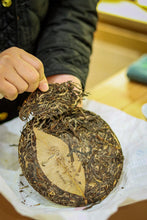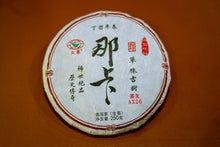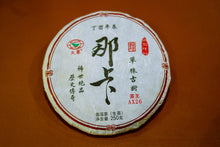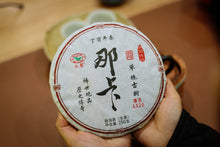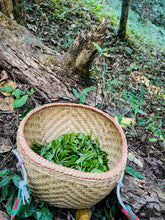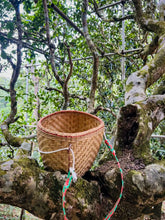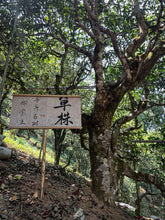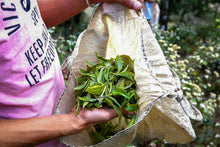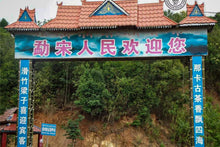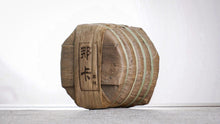
In the valleys of the Mengsong tea area in Xishuangbanna, there is an old Lahu ethnic group village named "Naka". Here, it's like a corner forgotten by time, yet exuding a unique charm. As early as in the Qing Dynasty, the bamboo tube tea of Naka had already gained a great reputation. It was not only offered as tribute to the "Cheli Xuanwei Prefecture" every year, but also favored by the King of Myanmar, who designated the "Naka Bamboo Tube Tea" as tribute tea. Due to the high mountains and long distances, the Lahu people neglected the management of the tea trees. However, this also preserved the most primitive appearance of the ancient tea trees, with vines climbing and moss growing all over them, as if telling the stories of the years.
For tea lovers who often taste Pu'er tea, words like "ancient tree tea", "pure material", and "single-plant" are surely no strangers. In the world of tea, the single-plant represents pure raw materials and stable quality. It carries higher drinking taste and collection value, so it's no wonder that many tea lovers are eager to get it.
Today, Tongxin She Teahouse is wholeheartedly recommending a top-quality product to all tea lovers - the 2017 Naka Ancient Tree Single-Plant Raw Pu'er Tea. The age of the tea tree of this tea is over 300 years old, which can be regarded as an "elder" among tea trees and has witnessed countless changes over the years.
This single-plant raw cake comes from the high-mountain primitive tea garden with an altitude of over 1600 meters in the Mengsong tea area. Affected by the monsoon climate and high altitude, it is often surrounded by clouds and mists all year round, as if the essence of the sun and the moon had gathered here, creating a unique and advantageous natural environment for the ancient tea trees.
In the category of Pu'er tea, pure materials are divided into different grades, and the single-plant ancient tree is undoubtedly the top level among them. This tea carefully selects the first harvest of several of the oldest ancient tea trees of the Mengku Daye variety on the mountain. Due to the limited number of ancient trees, it is impossible to produce tea in large quantities, which makes this tea even more scarce and precious.
To ensure the "purity" of the tea, the later production process is deliberately carried out separately to avoid any mixture. From this perspective, the single-plant can be regarded as "unique ancient tree pure material", and its rarity is self-evident.
Naka tea has always been famous for its high fragrance and rich flavor, and is known as the "Banna Little Banzhang". However, unlike the fierce and masculine Banzhang tea, the Naka Dragon Pearl belongs to the "sweet tea series" and has a unique delicate and sweet taste. After rinsing the tea once, when pouring water, the fragrance wafts out immediately. Even from a distance across the tea table, you can clearly smell the pure honey fragrance, the fragrance of the wilderness, and a faint floral fragrance. The tea soup presents an attractive champagne gold color, and the bottom of the fair cup is filled with the fragrance of flower honey.
When you take the first sip of the tea soup, although the taste is slightly light at first, the freshness, fragrance, and sweet taste are delightful. The sweet aftertaste quickly accumulates between the teeth and cheeks, and the fragrance of flower honey surges and settles in the mouth like waves. Even long after the tasting is over, the wonderful taste still lingers in the mouth, leaving people with an endless aftertaste.
Naka is like a secret tea garden hidden deep in the Mengsong mountains, and is called the "forgotten pearl in the deep mountains". Once, it was the highest courtesy for the Dai nobles when giving gifts. Anyone who has tasted Naka tea will surely be deeply attracted by its unique flavor and leave an indelible memory. And this 2017 Naka Ancient Tree Single-Plant Raw Pu'er Tea is the outstanding one among Naka teas, and it is worthy of being treasured and tasted by all tea lovers.





















